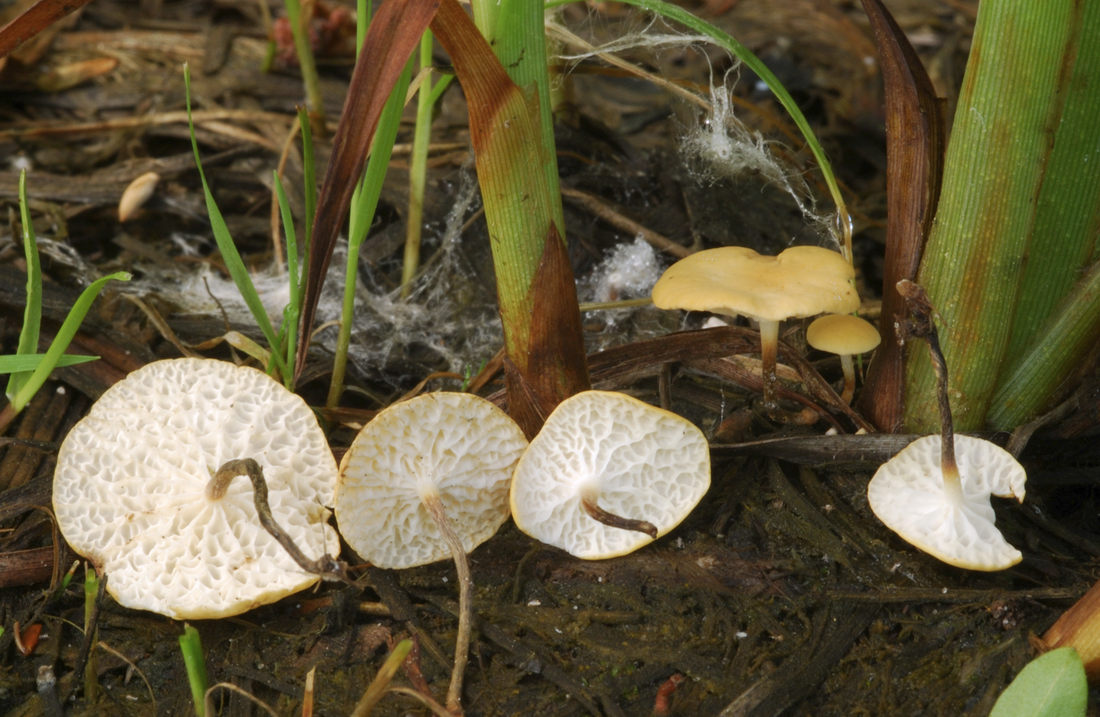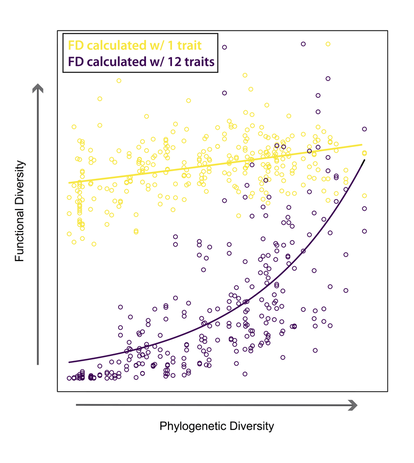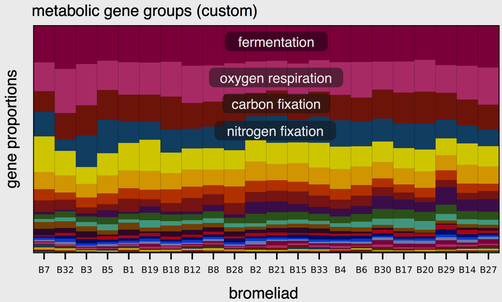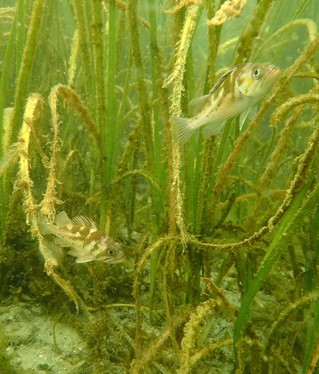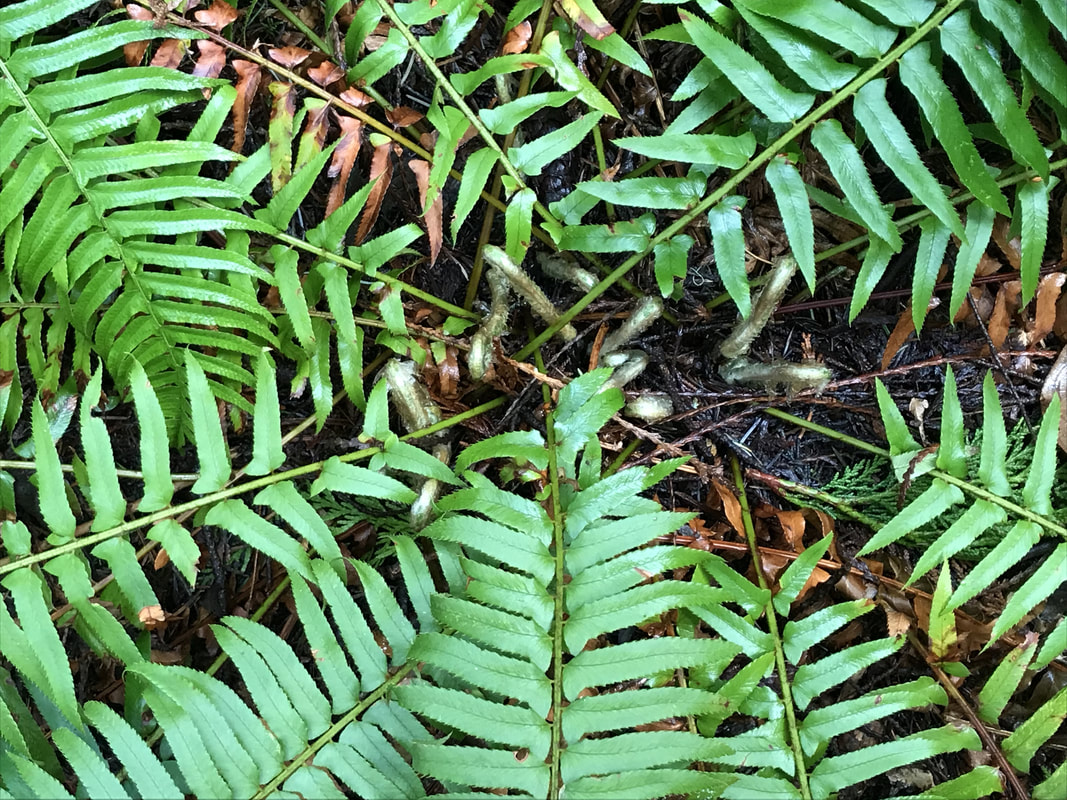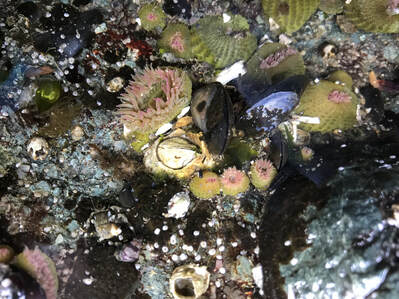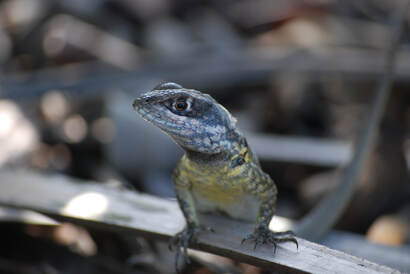FOOD WEB RECONSTRUCTION THROUGH PHYLOGENETIC TRANSFER OF LOW-RANK NETWORK REPRESENTATION
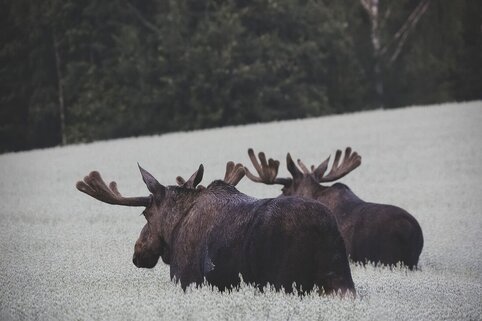
11.07.2023
In this paper in Methods in Ecology and Evolution, researchers present a methodological framework that uses graph embedding and transfer learning to put together a predicted list of trophic interactions of a species pool for which their interactions are unknown and assemble a metaweb for Canadian mammals derived from interactions in the European food web. Congratulations to Tanya Strydom (Université de Montréal) as winner of the Robert May Prize 2022 for this paper. The Robert May prize is awarded annually to the best paper submitted by an early career author at the start of their research career. This CIEE working group is organized by Laura Pollock (McGill University) and Timothée Poisot (Université de Montréal).
https://besjournals.onlinelibrary.wiley.com/doi/full/10.1111/2041-210X.13835
In this paper in Methods in Ecology and Evolution, researchers present a methodological framework that uses graph embedding and transfer learning to put together a predicted list of trophic interactions of a species pool for which their interactions are unknown and assemble a metaweb for Canadian mammals derived from interactions in the European food web. Congratulations to Tanya Strydom (Université de Montréal) as winner of the Robert May Prize 2022 for this paper. The Robert May prize is awarded annually to the best paper submitted by an early career author at the start of their research career. This CIEE working group is organized by Laura Pollock (McGill University) and Timothée Poisot (Université de Montréal).
https://besjournals.onlinelibrary.wiley.com/doi/full/10.1111/2041-210X.13835
IDENTIFYING TRAITS BY MERGING PHYLOGENETIC COMPARATIVE METHODS AND STRUCTURAL EQUATION MODELS
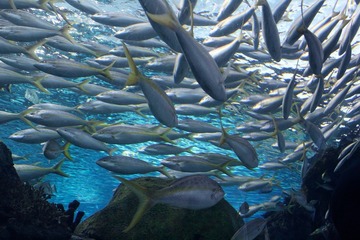
In this article researchers from CIEE-CESAB working group 'FISHGLOB,' organized by Bastien Mérigot (Montpellier University) and Maria Lourdes (Deng) Palomares (UBC), demonstrate phylogenetic structural-equation mixed-trait imputation using 33 variables representing life history, reproductive, size, and behavioural traits for all known fish in the world. Imputed traits are used to classify all fishes into life-history types, and confirm a phylogenetic signal in three dominant life-history strategies in fishes.
https://doi.org/10.1111/2041-210X.14076
https://doi.org/10.1111/2041-210X.14076
Placing Brazil’s grasslands and savannas on the map of science and conservation
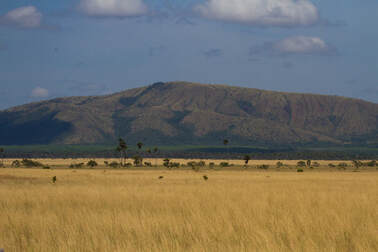
In this article researchers present key drivers of patterns in savannas and grasslands in Brazil (including in regions of the country where forests dominate) and which occupy 27% of the country and have historically been neglected in conservation. The main features of each grassy ecosystem in terms of physiognomy and ecological dynamics (e.g., relationships with herbivores and fire) are synthesized and researchers propose a common and shared terminology and understanding. This working group was led by Gerhard Ernst Overbeck and co-funded by SinBiose, the Brazilian synthesis centre. CIEE provided funding to working group participant Madhur Anand at University of Guelph.
https://doi.org/10.1016/j.ppees.2022.125687
https://doi.org/10.1016/j.ppees.2022.125687
MACROFUNGAL CONSERVATION IN CANADA AND TARGET SPECIES FOR ASSESSMENT: A STARTING POINT
|
01.06.2022
In this article from the 2021 working group organized by Allison Walker, Alfredo Justo, Greg Thorn, Gavin Kernaghan, researchers look at the conservation status of Canadian macrofungi and present a short list for consideration for formal conservation assessment. Fungal biodiversity data came from government research (Wild Species 2020), citizen science, trained independent mycologists, university, and museum biodiversity research. www.facetsjournal.com/doi/full/10.1139/facets-2021-0180 |
LAKE SALINIZATION DRIVES CONSISTENT LOSSES OF ZOOPLANKTON ABUNDANCE AND DIVERSITY ACROSS COORDINATED MESOCOSM EXPERIMENT
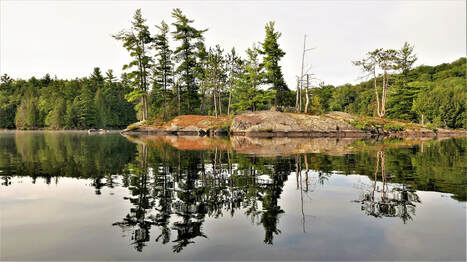
01.06.2022
A CIEE funded working group organized by Shelley Arnott (Queen's) and Bill Hintz (Rensselaer Polytechnic Institute) published this article from experiments across 16 sites to understand the response of lake communities in North America and Europe to human-induced salt contamination. Researchers quantified the response of zooplankton abundance and community structure to a broad gradient of environmentally relevant chloride concentrations. Overall, the study demonstrates that aggregate properties of zooplankton communities can be adversely affected.
https://aslopubs.onlinelibrary.wiley.com/doi/10.1002/lol2.10239
A CIEE funded working group organized by Shelley Arnott (Queen's) and Bill Hintz (Rensselaer Polytechnic Institute) published this article from experiments across 16 sites to understand the response of lake communities in North America and Europe to human-induced salt contamination. Researchers quantified the response of zooplankton abundance and community structure to a broad gradient of environmentally relevant chloride concentrations. Overall, the study demonstrates that aggregate properties of zooplankton communities can be adversely affected.
https://aslopubs.onlinelibrary.wiley.com/doi/10.1002/lol2.10239
CURRENT WATER QUALITY GUIDELINES ACROSS NORTH AMERICA AND EUROPE DO NOT PROTECT LAKES FROM SALINIZATION
01.06.2022
This article examines current water quality guidelines across North America and Europe and whether they adequately protect lake food webs from human-induced salinization caused by the use of road deicing salts, agricultural practices, mining operations, and climate change. Researchers concluded current elevated chloride (Cl−) thresholds across North America and Europe do not adequately protect lake food webs and water quality guidelines should be developed where they do not exist, and there is an urgent need to reassess existing guidelines. This article is from a CIEE funded working group organized by Shelley Arnott (Queen's) and Bill Hintz (Rensselaer Polytechnic Institute).
https://www.pnas.org/doi/10.1073/pnas.2115033119
This article examines current water quality guidelines across North America and Europe and whether they adequately protect lake food webs from human-induced salinization caused by the use of road deicing salts, agricultural practices, mining operations, and climate change. Researchers concluded current elevated chloride (Cl−) thresholds across North America and Europe do not adequately protect lake food webs and water quality guidelines should be developed where they do not exist, and there is an urgent need to reassess existing guidelines. This article is from a CIEE funded working group organized by Shelley Arnott (Queen's) and Bill Hintz (Rensselaer Polytechnic Institute).
https://www.pnas.org/doi/10.1073/pnas.2115033119
Bridging the divide between ecological forecasts and environmental decision making

15.01.2022
How can we make ecological forecasting more useful for decision making? This CIEE working group, led by Korryn Bodner, Carina Rauen Firkowski, Marie-Josée Fortin, outline ten ways that forecasting in social–ecological systems could be improved. This includes making models more rigorous, for example by accounting for uncertainty, as well as making them more relevant to environmental decision makers, for example by developing effective partnerships and targeting specific decision points.
https://esajournals.onlinelibrary.wiley.com/doi/full/10.1002/ecs2.3869
How can we make ecological forecasting more useful for decision making? This CIEE working group, led by Korryn Bodner, Carina Rauen Firkowski, Marie-Josée Fortin, outline ten ways that forecasting in social–ecological systems could be improved. This includes making models more rigorous, for example by accounting for uncertainty, as well as making them more relevant to environmental decision makers, for example by developing effective partnerships and targeting specific decision points.
https://esajournals.onlinelibrary.wiley.com/doi/full/10.1002/ecs2.3869
Maintaining momentum for collaborative working groups post-pandemic
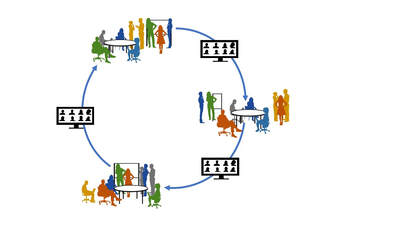
26.08.2021
This article looks at embracing hybrid working group models and shows ways that virtual collaboration can augment but not replace in-person working groups. This article is by Diane Srivastava, Marten Winter, Louis J. Gross, Jean Paul Metzger, Jill S. Baron, Nicolas Mouquet, Thomas R. Meagher, Benjamin S. Halpern, and Valério D. Pillar and is published in Nature Ecology & Evolution.
https://doi.org/10.1038/s41559-021-01521-0
This article looks at embracing hybrid working group models and shows ways that virtual collaboration can augment but not replace in-person working groups. This article is by Diane Srivastava, Marten Winter, Louis J. Gross, Jean Paul Metzger, Jill S. Baron, Nicolas Mouquet, Thomas R. Meagher, Benjamin S. Halpern, and Valério D. Pillar and is published in Nature Ecology & Evolution.
https://doi.org/10.1038/s41559-021-01521-0
Special Issue: Maladaptation in Applied EvolutioN
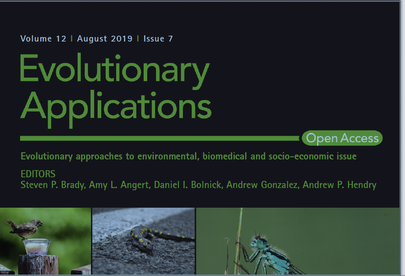
29.11.2020
A CIEE working group on maladaptation led by Andrew Hendry, Allison Derry, Gregor Fussmann, and Rowan Barrett resulted in this special issue in Evolutionary Applications. The following two articles in particular directly stemmed from the working group:
Causes of maladaptation
https://onlinelibrary.wiley.com/doi/10.1111/eva.12844
Understanding Maladaptation by Uniting Ecological and Evolutionary Perspectives
https://www.journals.uchicago.edu/doi/abs/10.1086/705020?journalCode=an
A CIEE working group on maladaptation led by Andrew Hendry, Allison Derry, Gregor Fussmann, and Rowan Barrett resulted in this special issue in Evolutionary Applications. The following two articles in particular directly stemmed from the working group:
Causes of maladaptation
https://onlinelibrary.wiley.com/doi/10.1111/eva.12844
Understanding Maladaptation by Uniting Ecological and Evolutionary Perspectives
https://www.journals.uchicago.edu/doi/abs/10.1086/705020?journalCode=an
A global survey of scientific bottom trawl data
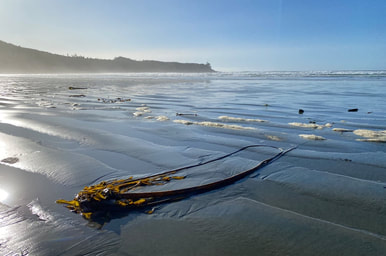
03.12.2020
Fish are also shifting their ranges in response to climate, but you might not know it…in part because most of the bottom trawl survey data that could document such shifts are not publicly available and limited in scope. This is particularly problematic for mapping transboundary shifts. The FISHGLOB working group documents the problem and proposes solutions in their new Global Change Biology paper.
https://doi.org/10.1111/gcb.15404
Fish are also shifting their ranges in response to climate, but you might not know it…in part because most of the bottom trawl survey data that could document such shifts are not publicly available and limited in scope. This is particularly problematic for mapping transboundary shifts. The FISHGLOB working group documents the problem and proposes solutions in their new Global Change Biology paper.
https://doi.org/10.1111/gcb.15404
A new synthesis of range expansion
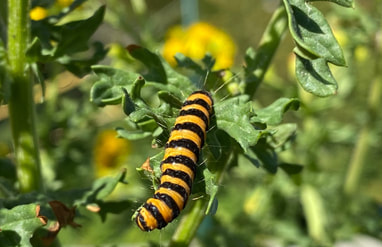
01.10.2020
A new synthesis of range expansion shows that eco-evolutionary feedbacks generally accelerate the rate of spread, but may have a surprising variety of effects on variation in this rate. This synthesis originates from a CIEE working group led by Jennifer Williams and Thomas Miller.
https://doi.org/10.1002/ecy.3139
A new synthesis of range expansion shows that eco-evolutionary feedbacks generally accelerate the rate of spread, but may have a surprising variety of effects on variation in this rate. This synthesis originates from a CIEE working group led by Jennifer Williams and Thomas Miller.
https://doi.org/10.1002/ecy.3139
How does evolution affect variation in range expansion?
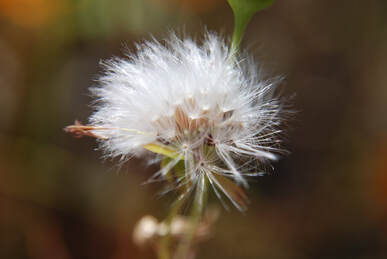
09.04.2020
We now know, through experimental manipulation of evolution rates, that rapid evolution increases the speed of range expansion. However, these same experiments reveal that evolution also affects variation between replicate populations, sometimes increasing variation and other times decreasing variation. Informed by their CIEE working group discussions, Williams, Hufbauer and Miller suggest that ecological factors (e.g. population size, mating systems) alter the balance between selection and drift, causing variance to increase (drift dominates) or decrease (selection dominates).
https://doi.org/10.1016/j.tree.2019.05.012
We now know, through experimental manipulation of evolution rates, that rapid evolution increases the speed of range expansion. However, these same experiments reveal that evolution also affects variation between replicate populations, sometimes increasing variation and other times decreasing variation. Informed by their CIEE working group discussions, Williams, Hufbauer and Miller suggest that ecological factors (e.g. population size, mating systems) alter the balance between selection and drift, causing variance to increase (drift dominates) or decrease (selection dominates).
https://doi.org/10.1016/j.tree.2019.05.012
Do traits within species vary more locally or regionally
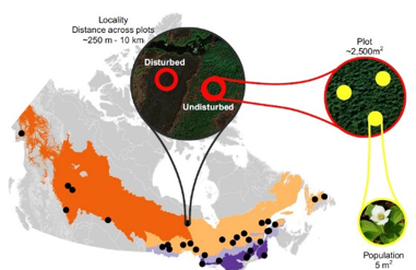
09.04.2020
Intraspecific trait variation (ITV) can be surprisingly high for some plant species, but it is not clear why. Understanding how ITV changes with spatial scale can shed light on competing explanations. In six common understory plants, sampled across Canada, ITV of both leaves and roots was greater at local scales – including contrasts of disturbed and undisturbed habitat – than between bioclimatic regions. This CIEE working group used an extensive data set of 818 populations collected by the Co-Vitas project.
https://doi.org/10.1111/1365-2435.13402
Intraspecific trait variation (ITV) can be surprisingly high for some plant species, but it is not clear why. Understanding how ITV changes with spatial scale can shed light on competing explanations. In six common understory plants, sampled across Canada, ITV of both leaves and roots was greater at local scales – including contrasts of disturbed and undisturbed habitat – than between bioclimatic regions. This CIEE working group used an extensive data set of 818 populations collected by the Co-Vitas project.
https://doi.org/10.1111/1365-2435.13402
What part of the Tree of Life should we conserve?
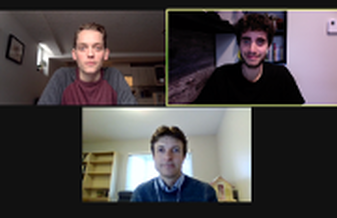
09.04.2020
Which species should we conserve now if we want to maximize biodiversity in the future - the most evolutionary distant lineages, or lineages that have so far speciated the fastest? A CIEE working group used reconstructed phylogenies to imagine which conservation decisions made millions of years ago would have maximized today’s biodiversity. Any decision made at a single point in time was ineffective, whereas under a continuously updated strategy, the best bet was conserving the fast diversifiers.
http://dx.doi.org/10.1098/rspb.2018.2896
Which species should we conserve now if we want to maximize biodiversity in the future - the most evolutionary distant lineages, or lineages that have so far speciated the fastest? A CIEE working group used reconstructed phylogenies to imagine which conservation decisions made millions of years ago would have maximized today’s biodiversity. Any decision made at a single point in time was ineffective, whereas under a continuously updated strategy, the best bet was conserving the fast diversifiers.
http://dx.doi.org/10.1098/rspb.2018.2896
Does humanity benefit when we prioritize the conservation of evolutionary history?
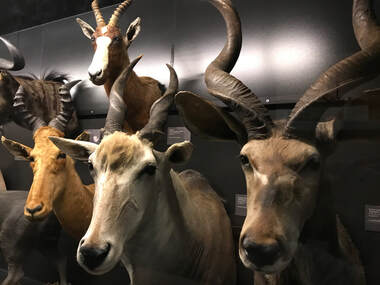
12.06.2019
Does humanity benefit when we prioritize the conservation of evolutionary history? It is often assumed that conserving species based on their evolutionary uniqueness will ensure the provision of ecosystem services, reduce extinction risk or maximize future opportunities. A new synthesis paper argues that the empirical support for these pathways is slim at best. From a CIEE working group led by Caroline Tucker and Arne Mooers.
https://onlinelibrary.wiley.com/doi/epdf/10.1111/brv.12526
Does humanity benefit when we prioritize the conservation of evolutionary history? It is often assumed that conserving species based on their evolutionary uniqueness will ensure the provision of ecosystem services, reduce extinction risk or maximize future opportunities. A new synthesis paper argues that the empirical support for these pathways is slim at best. From a CIEE working group led by Caroline Tucker and Arne Mooers.
https://onlinelibrary.wiley.com/doi/epdf/10.1111/brv.12526
Species adaptation to current environments may be good for some conservation goals but bad for others
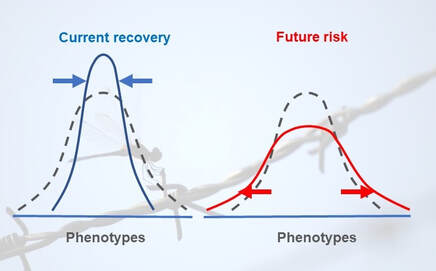
12.06.2019
Species adaptation to current environments may be good for some conservation goals but bad for others. A new study argues that adaptation is good for immediate rescue of threatened populations, but mitigating the risk of future environmental change requires some maladaptation. From a joint CIEE-QCBS working group led by Alison Derry, Rowan Barrett, Andrew Hendry and Gregor Fussman.
https://onlinelibrary.wiley.com/doi/epdf/10.1111/eva.12791
Species adaptation to current environments may be good for some conservation goals but bad for others. A new study argues that adaptation is good for immediate rescue of threatened populations, but mitigating the risk of future environmental change requires some maladaptation. From a joint CIEE-QCBS working group led by Alison Derry, Rowan Barrett, Andrew Hendry and Gregor Fussman.
https://onlinelibrary.wiley.com/doi/epdf/10.1111/eva.12791
temporal changes in species richness will often differ over spatial scale
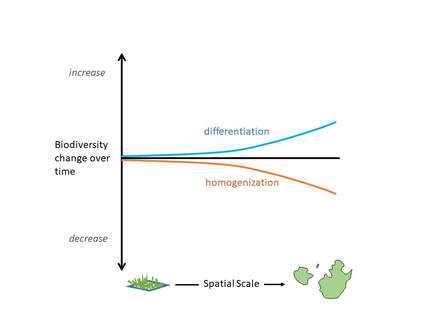
10.06.2019
A new study argues that temporal changes in species richness will often differ over spatial scale. For example, Central American corals show little change in local richness, but have become homogenized regionally. North American birds show the opposite regional pattern. Such scale-dependence within systems argues for new approaches to monitor and analyse species richness.
https://onlinelibrary.wiley.com/doi/epdf/10.1111/oik.05968
A new study argues that temporal changes in species richness will often differ over spatial scale. For example, Central American corals show little change in local richness, but have become homogenized regionally. North American birds show the opposite regional pattern. Such scale-dependence within systems argues for new approaches to monitor and analyse species richness.
https://onlinelibrary.wiley.com/doi/epdf/10.1111/oik.05968
Can dynamic conservation help protect biodiversity under climate change?
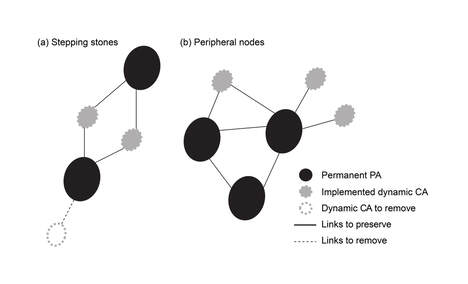
14.02.2019
Can dynamic conservation areas help protect biodiversity under climate change? In a new Perspective article in Frontiers in Ecology & Evolution, the authors suggest that integrated networks of dynamic conservation areas and permanent protected areas could increase spatio-temporal connectivity and help safeguard biodiversity. Such an approach represents a new type of flexible climate adaptation strategy.
This study was written by members of a CIEE working group co-led by Cassidy D'Aloia, Ilona Naujokaitis-Lewis, and Marie-Josée Fortin.
https://www.frontiersin.org/articles/10.3389/fevo.2019.00027/
Can dynamic conservation areas help protect biodiversity under climate change? In a new Perspective article in Frontiers in Ecology & Evolution, the authors suggest that integrated networks of dynamic conservation areas and permanent protected areas could increase spatio-temporal connectivity and help safeguard biodiversity. Such an approach represents a new type of flexible climate adaptation strategy.
This study was written by members of a CIEE working group co-led by Cassidy D'Aloia, Ilona Naujokaitis-Lewis, and Marie-Josée Fortin.
https://www.frontiersin.org/articles/10.3389/fevo.2019.00027/
A new study of marine vertebrate predators in the North American Arctic shows that only 5-7% of diversity hotspots overlap with protected areas.
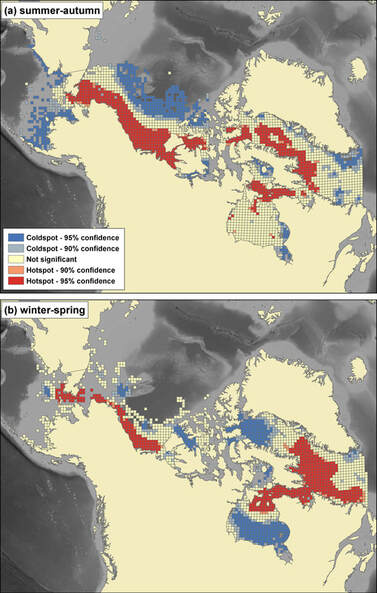
07.02.2019
A new study of marine vertebrate predators in the North American Arctic shows that only 5-7% of diversity hotspots overlap with protected areas. Species hotspots were identified by collating telemetry records for 1283 individuals from 21 species. From a CIEE working group led by David Yurkowksi, Marie Auger-Méthé, Steve Ferguson and Mark Mallory.
https://onlinelibrary.wiley.com/doi/full/10.1111/ddi.12860
A new study of marine vertebrate predators in the North American Arctic shows that only 5-7% of diversity hotspots overlap with protected areas. Species hotspots were identified by collating telemetry records for 1283 individuals from 21 species. From a CIEE working group led by David Yurkowksi, Marie Auger-Méthé, Steve Ferguson and Mark Mallory.
https://onlinelibrary.wiley.com/doi/full/10.1111/ddi.12860
For vertebrates, phylogeny predicts function - mostly
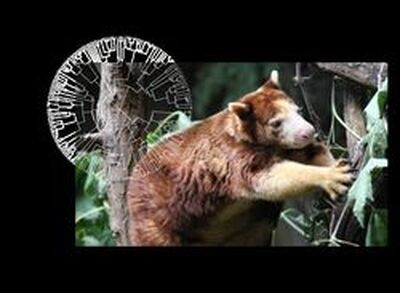
21.08.2018
Can we capture the functional diversity of life if we prioritize the conservation of species sets that maximize evolutionary history? Generally yes, concludes a new study in Nature Communications, based on an analysis of over 15000 vertebrate species. However, this is not a particularly reliable strategy: a third of the time, choosing species at random actually results in more functional diversity. This study originated from a joint CIEE-sDiv working group:
https://doi.org/10.1038/s41467-018-05126-3
Can we capture the functional diversity of life if we prioritize the conservation of species sets that maximize evolutionary history? Generally yes, concludes a new study in Nature Communications, based on an analysis of over 15000 vertebrate species. However, this is not a particularly reliable strategy: a third of the time, choosing species at random actually results in more functional diversity. This study originated from a joint CIEE-sDiv working group:
https://doi.org/10.1038/s41467-018-05126-3
Is the evolutionary diversity of a community a good proxy for its diversity of traits?
|
22.05.2018
Is the evolutionary diversity of a community a good proxy for its diversity of traits? Ecologists often make this simplifying assumption, but remarkably it had not been theoretically confirmed. A new study says yes, especially when many traits are included. From a CIEE working group led by Caroline Tucker and Arne Mooers: http://dx.doi.org/10.1002/ecy.2349 |
Why do microbial communities often show a constant functional structure?
|
18.04.2018
Why do microbial communities often show a constant functional structure, even though the underlying taxonomic structure is highly variable? In a new Nature Ecology & Evolution paper, the authors suggest that niche and not neutral processes explain this paradox. This study originated from a CIEE-ICEE working group led by Stilianos Louca, Laura Parfrey, and Michael Doebeli. https://rdcu.be/LGzp |
Anthropogenic disturbance of seagrass meadows13.03.2018
Anthropogenic disturbance of seagrass meadows results in dominance by the same few fish species, and loss of fish with specialized life histories, reports a new study. This study originated from a CIEE-ICEE working group led by Josephine Iacarella and Julia Baum which synthesized data from 89 seagrass meadows along the Pacific coast of Canada. http://onlinelibrary.wiley.com/doi/10.1111/gcb.14090/full |
The Living Data Project workshop was held at UBC (March 2018)
|
01.03.2018
The Living Data Project workshop was held at UBC (March 2018), to brainstorm about the creation of a national data rescue program. Led by the CIEE, this initiative involves four universities, experts in data science and research data archiving, and government and non-profit partners. Workshop participants submitted a NSERC CREATE proposal. |
Conserving phylogenetic diversity of a community is not a good recipe for conserving functional diversity
|
30.11.2017
Conserving phylogenetic diversity of a community is not a good recipe for conserving functional diversity, concludes a recent CIEE working group in a new study. Under realistic models of evolution, even demonstrating a phylogenetic signal to traits does not guarantee that phylogenetically diverse assemblages are also functionally diverse. www.ncbi.nlm.nih.gov/pubmed/28595366 |
New database of biodiversity time series released
|
28.11.2017
New database of biodiversity time series released. The “BioTIME” database pulls together over 8 million species abundance records from half a million locations, and should motivate reconciliation of divergent accounts of biodiversity change – the subject of a recent CIEE/sDiv working group: Dornelas M, Willis TJ. BioTIME: a database of biodiversity time series for the anthropocene. Global Ecology and Biogeography. 2017 Nov 28 |

